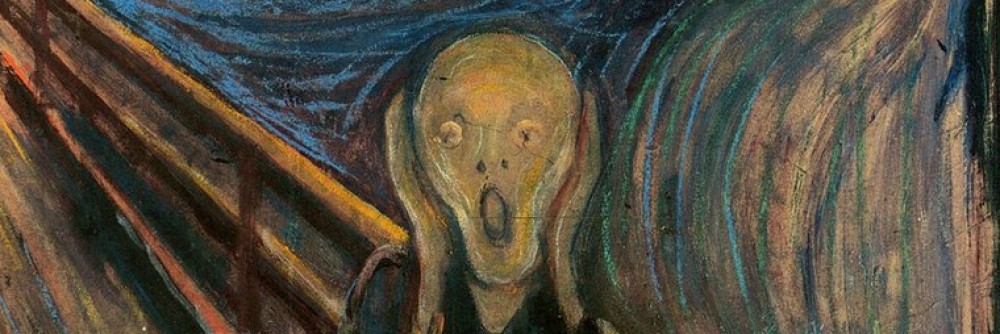Two weeks of non-stop gaming and I’m back exactly where I started when I first started writing this blog. Worse in fact, I’m deeper into a school semester of disinvolvement. Ah but what an exciting two weeks it was! (Sarcasm)
I uninstalled LoL two days ago, so I was a little bit bored and tried out the PS3 game my roomate was playing. Not much better, 20 hours of play in two days… I woke up yesterday at 12 and looked at the clock at 2pm, 6:30pm, 9pm, 12:30pm, 3:30 pm. It is remarkable how absorbed I can get with those games. At least in LoL, one gets to emerge every 30-50 minutes.
In a great interview, Dr. Norman Doidge describes how plastic the brain is and how it is both the cause and cure to addiction. Doidge’s uses an fun metaphor where the brain is a powdery ski hill where tracks in snow get deeper, faster and harder to get out off as the more you use them. My gaming track probably looks like the grand canyon by now. Whenever I fall in there I’m off for quite a ride.
That somewhat explains why one match leads to two leads 120, but what it doesn’t explain is the insane moods that come with it. I described in a previous article how dopamine contributes to video game addiction. When playing for 12 hours straight, you can imagine the amount of stimulation and dopamine the brain is experiencing. Normal life stimuli become irrelevant and unexciting.
Even if I haven’t played video games today. I’m still bored from my playing yesterday.
What brain plasticity tells us, is that any action you do now, not only has an effect now, but leaves traces in the brain. On a more philosophical notes, brain plasticity entails that:
Future brain activity is affected by present brain activity.
Think of it as a building game where every time you put a block down, you will have to deal with that block afterward, want it or not. The game of go (chess-like board game) is also make an excellent metaphor of balancing present and future implication of a move.
